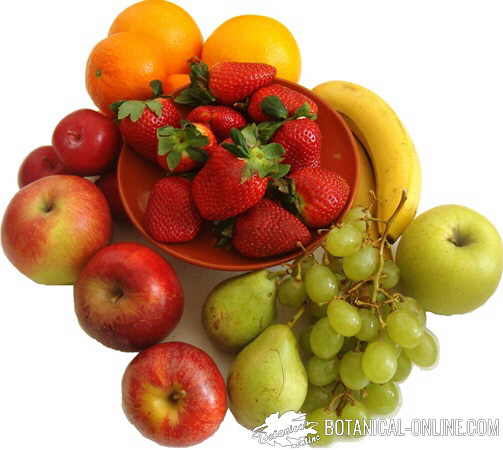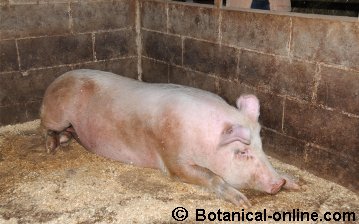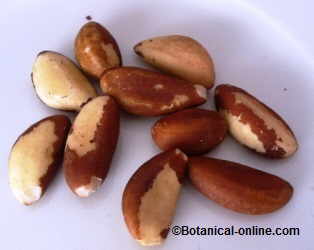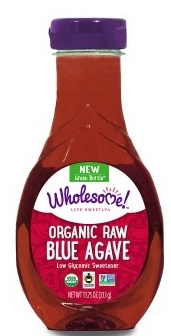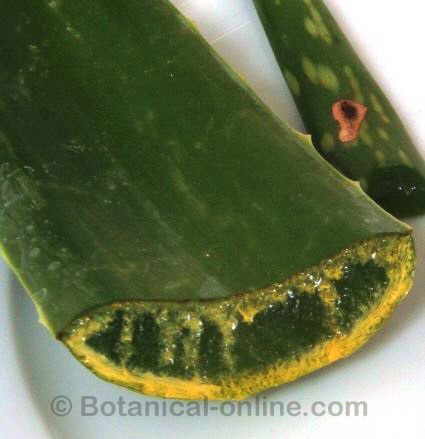Contents
- 1 Vegetarian cooking to improve rheumatoid arthritis
- 1.1 Cook with turmeric to improve arthritis
- 1.2 Main dishes suitable for arthritis and rheumatism
- 1.3 Probiotics for arthritis and rheumatism
- 1.4 Foods not recommended for arthritis and rheumatism (vegetarian diet)
- 1.5 Is a vegetarian diet healthy for arthritis?
- 1.6 Gluten and inflammatory diseases
- 1.7 Does cutting out milk improve arthritis and rheumatism?
Vegetarian cooking to improve rheumatoid arthritis
Cook with turmeric to improve arthritis
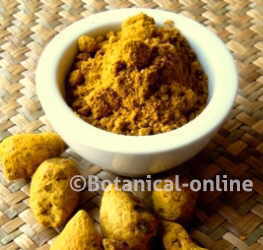
Turmeric or Indian saffron (Curcuma longa) is a plant from the same family as ginger and greater galangal, which has anti-inflammatory properties due to its curcuminoids.
Using medicinal plants in the kitchen is hidden phytotherapy, a way to incorporate medicinal plants on a daily basis and thus help improve your health. Turmeric improves symptoms of stiffness, joint inflammation, and mobility in people with arthritis, without side effects.
In some studies, turmeric has also helped improve mild depression. It can be added to culinary preparations (1 tablespoon of turmeric in stir-fries, soups, creams, rice dishes, batters, mayonnaise, etc.). Add it at the end of cooking!
It is more anti-inflammatory when combined with a pinch of black pepper, which increases the absorption of curcuminoids.
*More information: Recipes with turmeric
Main dishes suitable for arthritis and rheumatism
A healthy vegetarian diet must contain highly nutritious foods at every meal to provide all the nutrients necessary for the body.
Legumes are recommended as examples of main dishes, as long as they are well tolerated: vegetarian lentils, chickpeas with spinach, beans with squash, lentils with avocado, chickpeas with seitan, etc.
Whole grains are also recommended: brown rice with vegetables, buckwheat with vegetables, quinoa with pumpkin, millet cake, etc., with preference given to locally sourced cereals or pseudocereals. Whole grains provide much more magnesium and healthy fats than their refined varieties.
Starchy roots and fruits can also be used in main dishes: potatoes, sweet potatoes, carrots, plantains, etc.
Probiotics for arthritis and rheumatism
Probiotic supplements are suitable for the treatment of recurrent infections that can occur in some cases of rheumatism, such as urinary tract infections, candidiasis, or gastroenteritis. After taking antibiotics, the microbiota or intestinal flora may be weakened, and these types of supplements are necessary to help regenerate it and thus maintain good intestinal health.
Due to the role that a healthy gut flora or microbiota plays in the body’s inflammation and immunity processes, having a good composition of it could help improve inflammatory diseases. A study has shown a beneficial effect of probiotics on inflammatory processes.
Foods not recommended for arthritis and rheumatism (vegetarian diet)
- Foods with a lot of purines: Purines are transformed into uric acid in the body, and these components can also accumulate in the joints. The foods richest in purines are those of animal origin. Therefore a vegetarian diet is generally very low in purines. The plant foods richest in purines are legumes (beans, lentils, peas, etc.) and, to a lesser extent, cauliflower, spinach, asparagus, and mushrooms. The only recommendation would be not to mix legumes with these vegetables on the same day
- Foods that could cause rheumatoid arthritis attacks: Certain foods are associated with a worsening of rheumatoid arthritis symptoms. These reactions are individual reactions that are not applicable to all patients. However, it’s important to be aware of them. The best way to identify these incompatibilities is to start a diet under the supervision of a doctor or dietitian so they can determine which foods you should not be eaten. Foods that often cause these reactions include wheat, corn, the potato family (peppers, tomatoes, eggplant, potatoes), citrus fruits, dairy products, refined sugar, and caffeine (coffee, tea).
- Products with a lot of sugar and fat: Industrial edible products (cookies, cakes and derivatives produced with refined sugar).
- Hydrogenated trans fats: They increase cardiovascular risk. The main sources are some margarines, industrial chips and pastries.
Is a vegetarian diet healthy for arthritis?
A vegetarian diet could be very beneficial for rheumatoid arthritis, as long as it is done in a planned manner and with healthy foods (chocolate, sugary products, and pastries are vegetarian). It consists of excluding foods of animal origin such as meat, fish, and seafood, and, in the case of strict vegetarians, it also does not contain dairy or eggs.
A poorly planned vegetarian diet can cause deficiencies, so the advice of a dietitian specializing in vegetarianism is recommended.
Gluten and inflammatory diseases
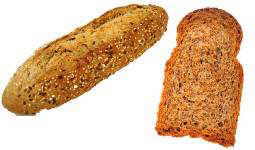
Some studies suggest that gluten consumption could reduce inflammation and improve arthritis. Cereals such as wheat, barley, rye, and their derivatives contain gluten, which is broken down in the intestine into prolamines and gliadin.
For this reason, some experts recommend avoiding foods with gluten, such as wheat, in cases of inflammatory diseases, at least temporarily. In the first phase, it may be advisable to avoid bread and flours due to possible non-celiac gluten sensitivity.
To eliminate gluten, it is not necessary to consume special gluten-free products, but you can eat products that naturally do not contain this component, already mentioned: rice and potatoes, sweet potatoes, rice cakes, millet, buckwheat, lentils, chickpeas, rice pasta (noodles), tapioca, plantain, etc.
Does cutting out milk improve arthritis and rheumatism?
Dairy consumption is not recommended for people with rheumatoid arthritis, as some nutrition professionals have observed an improvement in symptoms when these foods are removed from the diet.
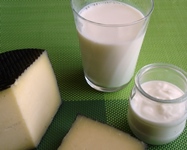
In general, it is not mandatory to remove these foods, although it is recommended, along with the dietary guidelines mentioned above.
To ensure calcium intake, you can use vegetable drinks enriched with calcium. (Caution! Homemade vegetable milk doesn’t contain calcium)
Eliminating dairy products alone is not a treatment. Additional dietary guidelines are necessary if you want to improve your arthritis and rheumatism. Therefore, these dietary changes should be made under the supervision of a nutritionist working with your doctor.
It must be taken into account that dairy products are an important source of protein in the diet. Therefore, when these foods are eliminated, they must be compensated with foods rich in proteins such as legumes (if they are well tolerated), brewer’s yeast, spirulina, etc., especially in cases of vegetarian diets.
![]() More information on arthritis
More information on arthritis
24 April, 2025



